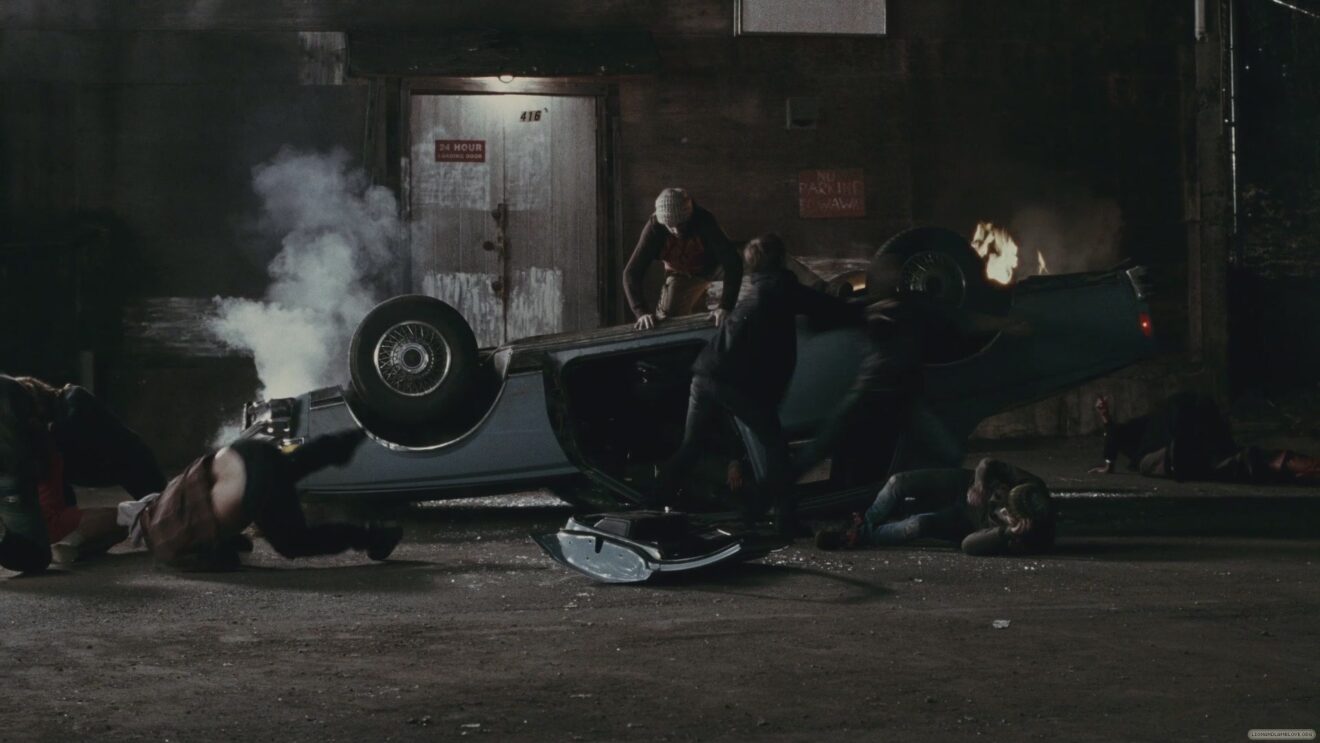Statistics say that 85% of women who feel their lover is cheating are correct and 50% of men who feel their lover is cheating are right. If you have suspicious, consider some of the following and be as impartial as possible.
Have you noticed a:
- Sudden increase in time away from home
- Decreased sexual interest with you.
- Cheating spouse is often distracted and day dreaming.
- Cheating husband or wife is often “unavailable” while at work.
- Cheating spouse attends new functions outside of work or not wants to go alone.
- Cell phone calls from you are not returned in timely fashion.
- Cheating spouse leaves house or goes to other rooms to talk on the telephone.
- Cheating spouse uses computer alone and secretly.
- Cheating spouse asks about your schedule more often than usual.
- Mileage on car is high yet he / she reports only short distance errands.
- Clothes smell of perfume or cologne.
- Cheating spouse gets his / her laundry done independently.
- Unexplained payments on bank statements.
- Cheating spouse has more cash on hand without accountability.
- Cell phone bills contain calls with long duration.
- Cheating spouse now has a phone card but never used one before.
- Cheating wife or husband has unexplained receipts in wallet or purse.
- Cheating spouse has suspicious phone voice-mail messages.
- Cheating spouse has suspicious cell phone numbers stored or dialed.
- Internet web browser history list (this is a record of web sites visited) contains unusual sites.
- Cheating spouse begins to use new or free e-mail account.
- Cheating spouse is suddenly deleting e-mail messages.
- You may also want to consider reviewing your spouse’s credit card bills.
Why is it important to investigate a traffic accident? It was just an accident, right? In a 2014 study completed by the National Highway Transportation Safety Administration (NHTSA), the economic cost of traffic accidents in the United States (based on 2010 data) was $871 billion.
The study, published on the NHTSA website and by USAToday, reports an economic loss of $277 billion. That’s about $900 for every person living in the United States. Societal harm from loss of the quality of life and from pain and suffering associated with injuries was $594 billion.
In 2014, the NHTSA reported 29,989 fatal accidents with 32,675 fatalities nationwide. Each state reports the number of people killed each year and the number of fatal accidents. 2014 saw a range of fatalities from 3,538 in Texas to 23 in the District of Columbia.
Other than the economic loss associated with traffic accidents, there are other reasons to investigate an accident. Those involved – family, friends, and associates – want to know what happened to their loved ones. Insurance companies are interested so they can assign fault. Government agencies such as NHTSA, the National Transportation Safety Board (NTSB), Department of Transportation (DOT), and so on, want to know so they can make the roads safer or to identify issues with vehicles, roadway design or signage. Safety experts from automobile companies and consumer’s groups want to know what can be done to make transportation safer and ensure the safety of the consumer.
In the context of traffic accidents, the term accident has become a misnomer. An accident is defined as an unintentional act. There is no fault but for some unknown reason, forces of the universe have met at a certain point in time and place, and a result occurred. As defined by The American Heritage Dictionary of the English Language, fourth edition, an accident is “an unexpected and undesirable event, especially one resulting in damage or harm”. It is an unforeseen incident that happens completely by chance, with no planning or deliberate intent.
Increasingly the term crash is being used to describe the impact of a traffic unit with an object. An accident implies liability – that is, something could have been done to avoid the accident. When objects crash – here, “crash” is a verb – they collide violently against something with great force, causing damage or destruction. As a noun, a crash expresses an act or an occurrence.
When investigators investigate a traffic accident, they are trying to tell a story. It’s a story of how and why the accident occurred and what caused the damage or injury. If you are an investigator, when speaking to a judge or jury, don’t try to talk above them. Watch for the deer-in-the-headlights look. Remember, a juror typically has about an eighth-grade education.
Remove the “CSI Effect”. Traffic accidents cannot be investigated in forty-seven minutes. Some traffic accidents cannot be investigated at all, because everything has been moved, and there are no photographs, measurements, and so on.
Human, Mechanical, Environmental
A traffic accident is a highly involved, complex interaction between two objects. It may include a series of events that led up to the conclusion of the accident. It is not simply a car hitting another object.
All traffic accidents occur due to three major contributing elemental factors:
- Human factors
- Vehicular factors
- Environmental factors
Human Factors
Human factors are the human elements involved in a traffic accident, including drivers, passengers, and outside individuals. What the participating individuals were doing, or not doing, before the event should be addressed.
When looking at impairment, keep in mind that this is not limited to alcohol or drugs. Impairment may also include fatigue, mental or emotional stress, or other contributing human factors from passengers, pedestrians, or bicyclists, as well as from driver education, training, and experience.
Vehicular Factors
Vehicular factors are those associated with vehicular defects and malfunctions of the vehicle’s system components. This includes, but is not limited to, braking, steering, suspension, visibility, and lighting.
Environmental Factors
Environmental factors are those associated with the environment surrounding the vehicles. This includes the roadway, signs and markings, weather, lighting, other vehicles, pedestrians and animals (both domestic and wild).
Information about all three factors must be gathered, addressed, documented, and most importantly, properly interpreted, based on fact and reason, not emotion or suspicion.









